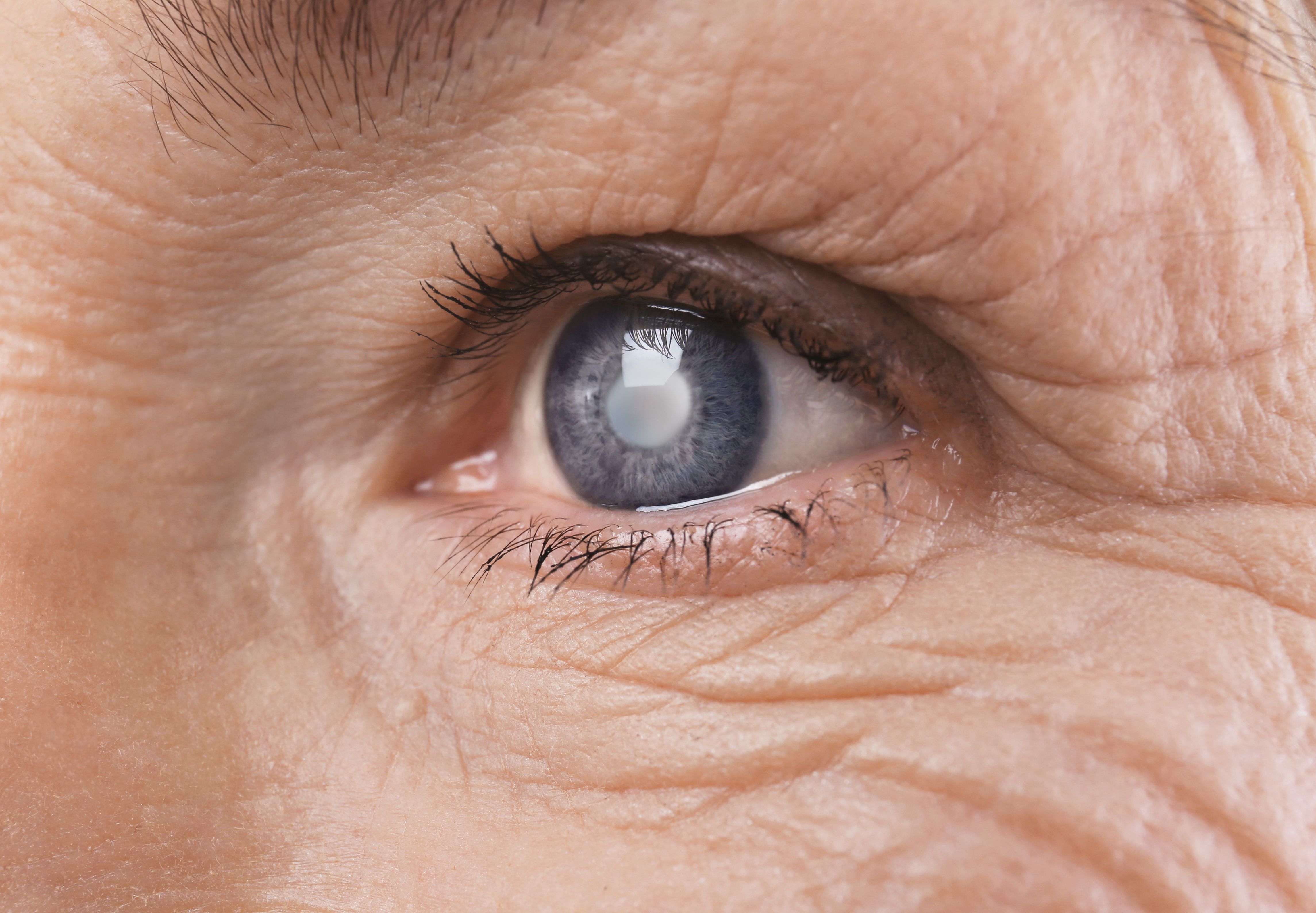- Center on Health Equity & Access
- Clinical
- Health Care Cost
- Health Care Delivery
- Insurance
- Policy
- Technology
- Value-Based Care
Thinning in GCIPL, RNFL Different in Glaucoma Subtypes
The rates at which ganglion cell-inner plexiform layer (GCIPL) and retinal nerve fiber layer (RNFL) thin in the eyes was different in people with primary open angle glaucoma and pseudoexfoliation glaucoma.
The thinning of the ganglion cell-inner plexiform layer (GCIPL) and retinal nerve fiber layer (RNFL) happened at different rates depending on the type of glaucoma the patient had, according to a new study published in BMC Ophthalmology.1 Patients with primary open angle glaucoma (POAG) or pseudo-exfoliation glaucoma (PXG) were found to have different rates of thinning in their eyes.
Glaucoma can affect a patient’s visual field due to the loss of retinal ganglion cells.2 The condition can cause irreversible damage to the eye if it is not caught early. Tests such as the visual field (VF) test and tools like optical coherence tomography (OCT) can help to diagnose the condition through the monitoring of GCIPL and RNFL, as estimating its progress can help to separate those at highest risk of permanent visual impairment. This study aimed to evaluate the difference in the rate of changes in macular GCIPL and peripapillary RNFL when it comes to thinning of the layers.
Patients with different types of glaucoma could have differences in the thinning of their retinal layers | Image credit: Africa Studio - stock.adobe.com

Participants of this study were retroactively analyzed for the study. The participants were split into 3 groups where they were either patients with POAG, PXG, or from the control group. Patients with glaucoma were separated into mild and moderate-severe groups. Participants were included if they had a spherical refraction within 5.0 diopter (D), had a best corrected visual acuity of 20/40 or better, had a follow-up of at least 3 years, had 6 consecutive measurements using an OCT, had a cylinder correction within 3.0 D, and had open angles of gonioscopy. Patients who had ocular surgery were excluded from the study unless it was an uncomplicated cataract surgery. Patients were also excluded if they had poor OCT quality, unveitis, coexisting retinal disease, or non-glaucomatous optic neuropathy.
All participants living with glaucoma had diagnosed POAG or PXG. All participants had OCT scans performed to assess the thickness of GCIPL and RNFL. The follow-up OCTs were compared with a baseline image. Average, inferior, and superior summary parameters were used to detect the thinning.
There were 60 patients with POAG, 60 with PXG, and 60 controls included in this study, with those in the control group having thicker central corneal thickness (CCT) compared with the other 2 groups. There were no significant differences in intraocular pressure, age, gender, and mean follow-up among the 3 groups.
The mean (SD) thinning rates for GCIPL were highest in patients with PXG at –1.06 (1.16) μm/year, followed by POAG at –0.64 (0.54) μm/year and the control group at –0.23 (0.21) μm/year. Patients with PXG also had the highest thinning rates of RNFL at –1.33 (1.4) μm/year compared with –0.86 (0.73) μm/year in patients with POAG and –0.33 (0.44) in the control group.
Patients with mild POAG had a mean GCIPL thinning rate of –0.52 (0.53) μm/year compared with –0.76 (0.53) μm/year in patients with moderate-severe POAG. This was higher in patients with mild PXG, as their thinning rate was –1.02 (1.27) μm/year; patients with moderate-severe PXG had a thinning rate of –1.09 (1.06) μm/year. There was a correlation found between the mean thinning rates of GCIPL and RNFL in patients with POAG.
There were some limitations to this study. Glaucoma progression could not be assessed in this study by comparing OCT to VF testing. The natural course of untreated glaucoma was also not evaluated due to excluding those who had received follow-up glaucoma surgery. The results may not be generalizable due to the retrospective nature of the analysis.
The researchers concluded that the “thinning rate of the GCIPL and RNFL is considerably quicker in eyes with PXG than in eyes with POAG or the control group.” This indicates that PXG can have more severe adverse effects when compared with POAG if it is left untreated.
References
- Akmaz O, Tokac MG, Garli M, Kusbeci T. Comparison of glaucoma progression rate in glaucoma patients at different stages using guided progression analysis with optical coherence tomography. BMC Ophthalmol. 2025;25:1. doi:10.1186/s12886-024-03837-4
- Mayo Clinic Staff. Glaucoma. Mayo Clinic. November 5, 2024. Accessed January 6, 2025. https://www.mayoclinic.org/diseases-conditions/glaucoma/symptoms-causes/syc-20372839
Cumulative Atropine Not Associated With Increased Risk of Ocular Events in Children With Myopia
September 17th 2025Although children living with myopia taking atropine did experience an increased incidence of cataracts, glaucoma, or maculopathy, it is unclear if this risk was confounded by myopia severity.
Read More
